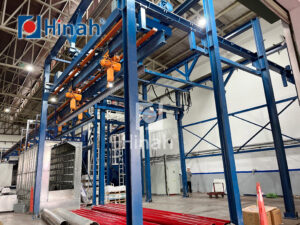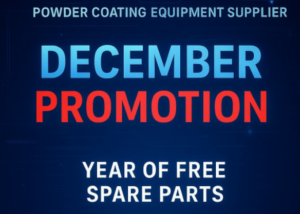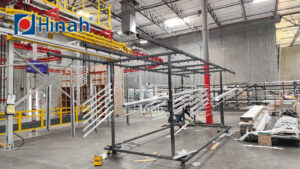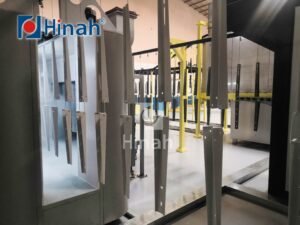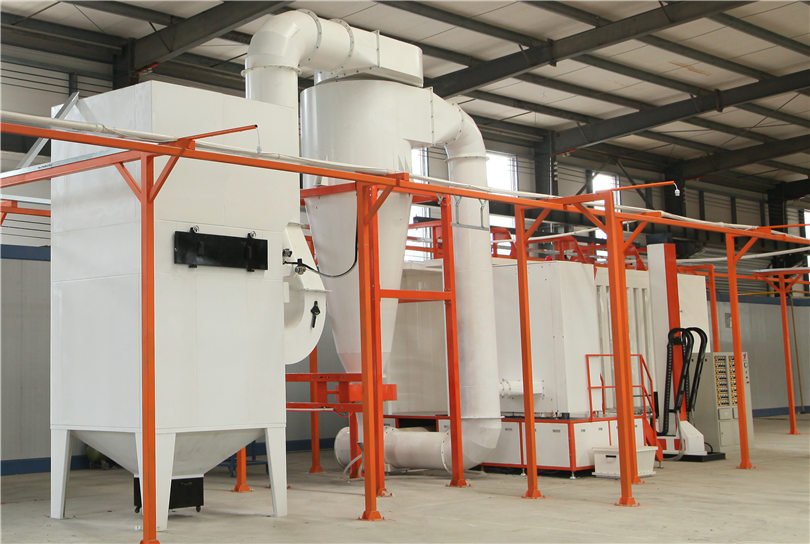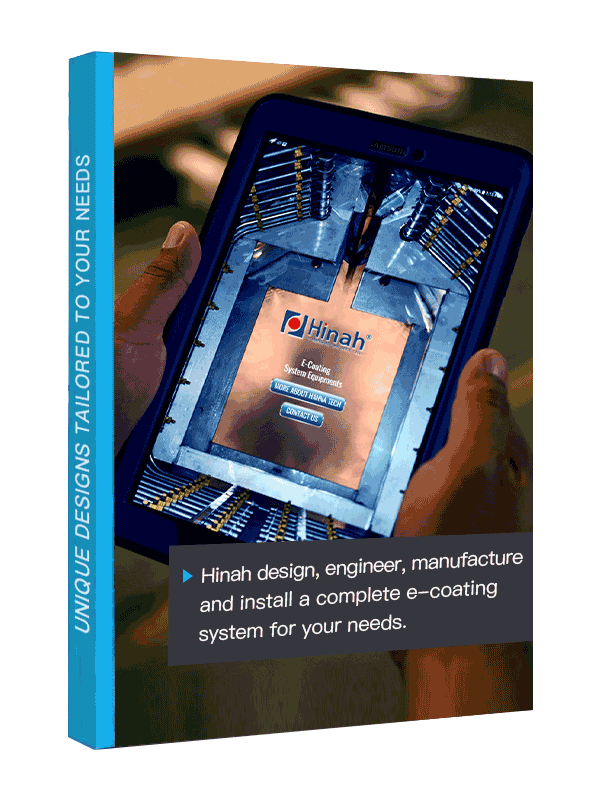In industrial finishing, color consistency is a true reflection of quality and craftsmanship. However, even a small trace of leftover powder from a previous batch can cause visible flaws, wasted materials, and costly rework—a problem widely known as color contamination. For manufacturers using an automated powder coating line, preventing such contamination is both a technical challenge and a key to maintaining production efficiency. While automation brings higher speed and precision, it also demands careful system design, thorough cleaning procedures, and proper airflow control to ensure that each color change is clean, efficient, and free from unwanted mixing.
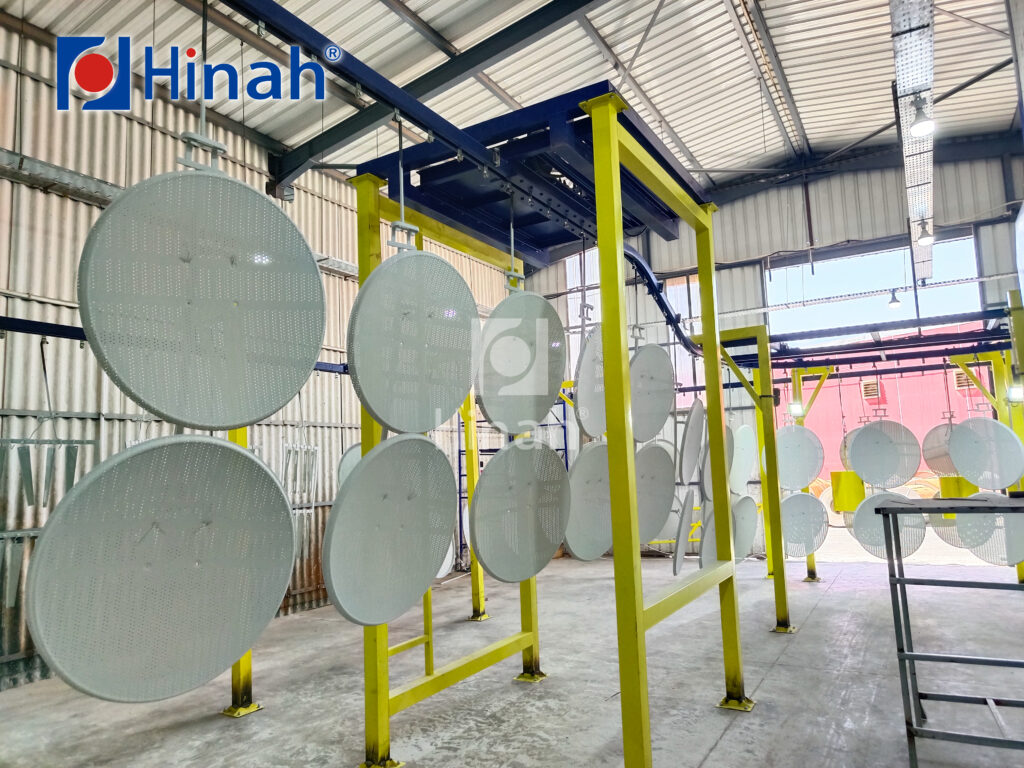
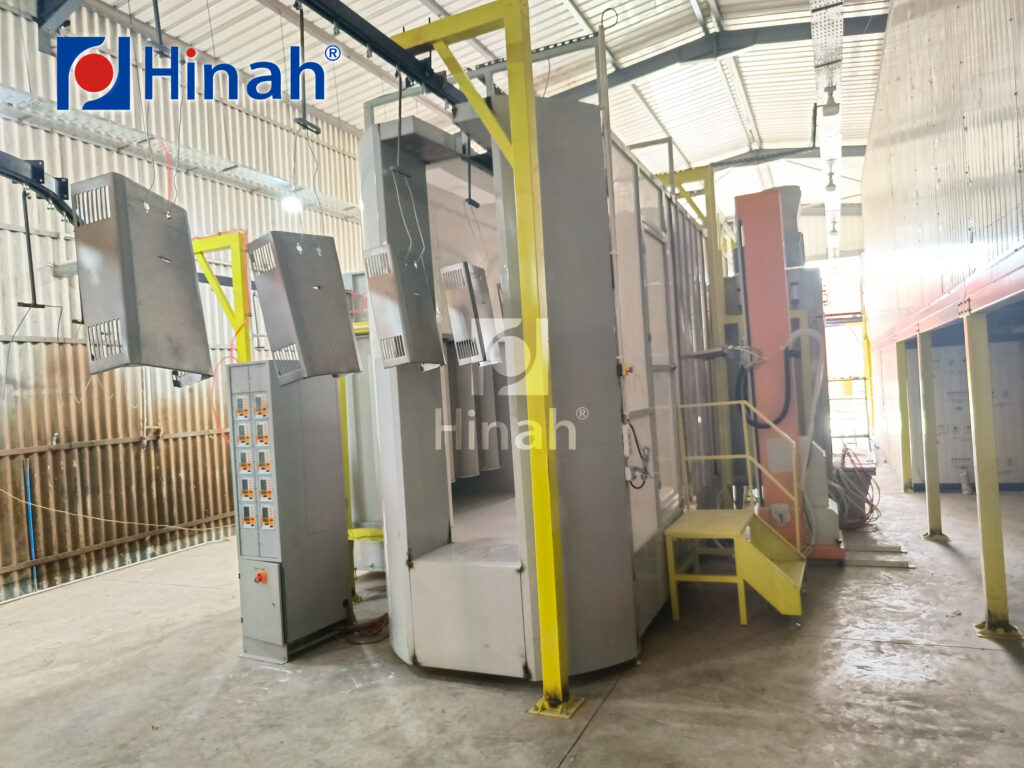
Main Causes of Color Contamination in Automated Powder Coating Line
Color contamination in an automated powder coating line usually stems from a combination of technical and operational issues. One of the most common causes is residual powder left inside the powder coating booth, hoses, or feed system. When the previous color is not fully removed before a new batch starts, even a small amount of leftover powder can blend with the next color and create visible imperfections on the coated surface.
Another major contributor is insufficient cleaning between color changes. In many production environments, operators are under pressure to reduce downtime, which often leads to incomplete cleaning of guns, hoppers, and filters. As a result, the new color gets contaminated almost immediately after spraying begins.
Airflow and powder recovery inefficiencies can also play a critical role. Unbalanced airflow inside the booth or a poorly maintained recovery system can allow old powder particles to circulate back into the spray zone, contaminating the freshly applied coating. Finally, human error—such as skipping cleaning steps, using contaminated tools, or failing to follow standard operating procedures—can amplify the problem, even in the most advanced automated systems.
Preventing these issues requires a deep understanding of how each component in the powder coating line interacts and how small oversights can lead to major quality setbacks.
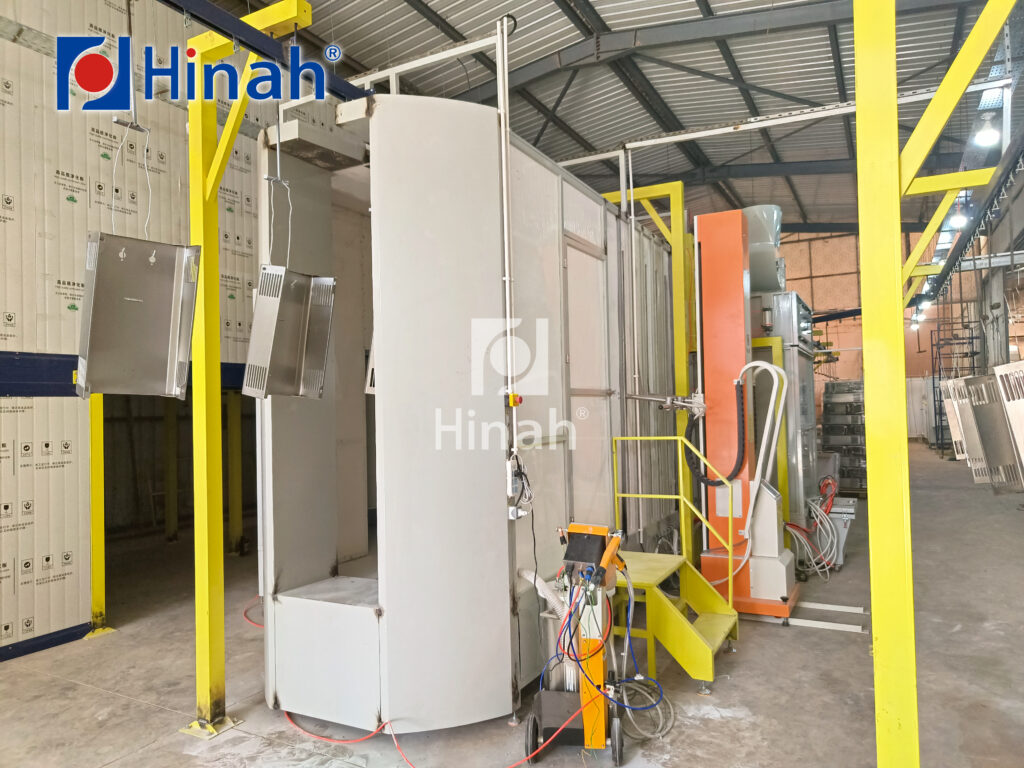
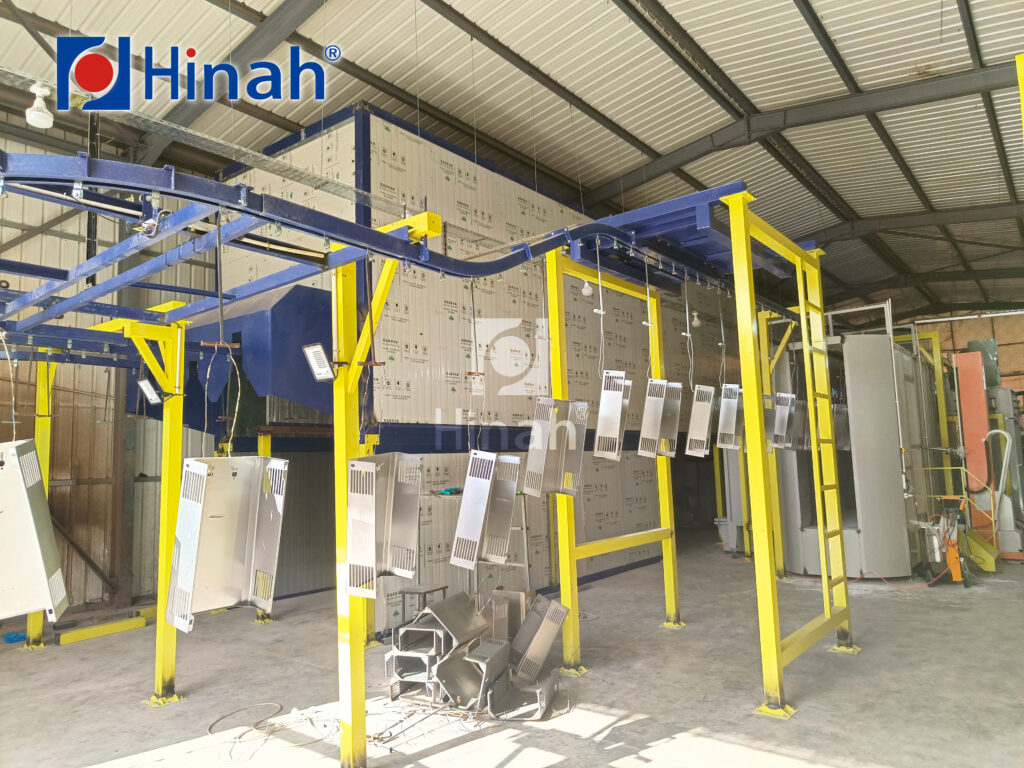
Designing Automated Powder Coating Line for Easy Color Change
A well-designed automated powder coating line can significantly reduce the risk of color contamination by streamlining the cleaning process and minimizing powder residue. The key lies in creating a system that allows for quick, thorough transitions between colors without compromising efficiency.
One of the most effective strategies is adopting modular spray booth designs with smooth, anti-static walls that prevent powder buildup and make cleaning faster. Many modern systems feature quick color change powder coating booths, where automated blow-off devices or pulse cleaning systems remove remaining powder from surfaces and ductwork in just a few minutes. These designs not only reduce contamination risk but also cut downtime and increase overall productivity.
Equally important is the use of efficient powder recovery systems, such as cyclone separators or cartridge filters, which ensure that used powder is collected cleanly and doesn’t re-enter the booth during color change. For manufacturers that handle multiple colors daily, investing in dedicated feed hoppers and powder supply lines for each color can virtually eliminate cross-contamination between batches.
Finally, incorporating automatic cleaning programs controlled by the system’s PLC (Programmable Logic Controller) ensures that every cleaning step is performed consistently—without relying solely on operator judgment. This combination of smart design and automation creates a cleaner, faster, and more reliable powder coating process that meets the high standards of modern manufacturing.
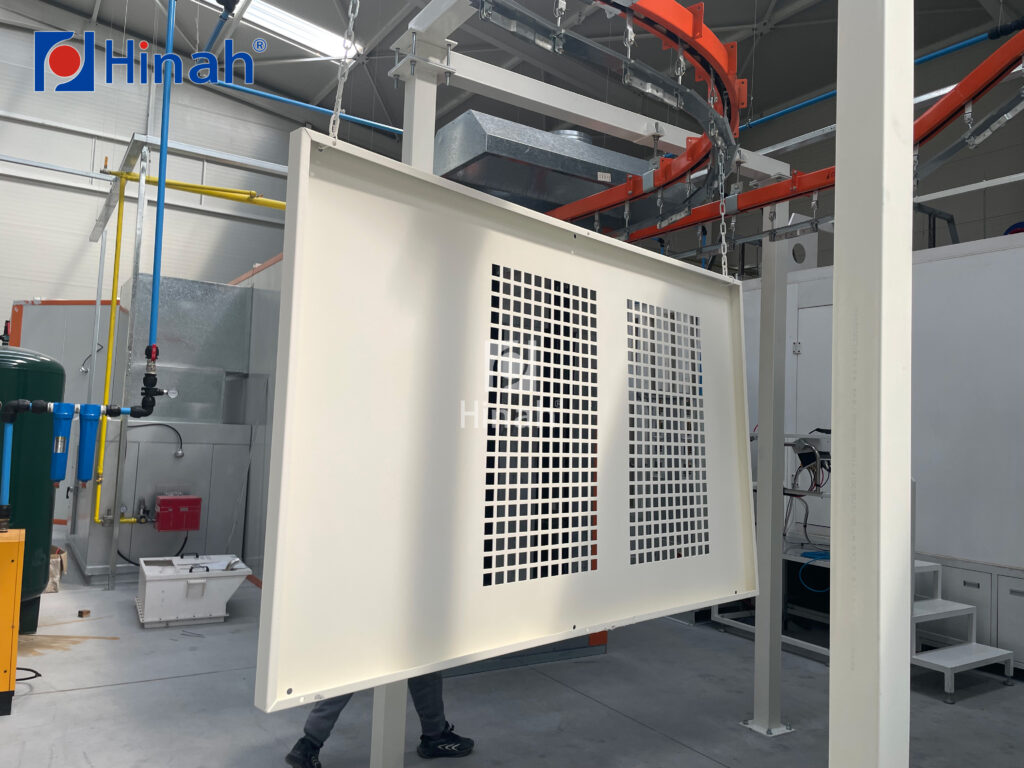
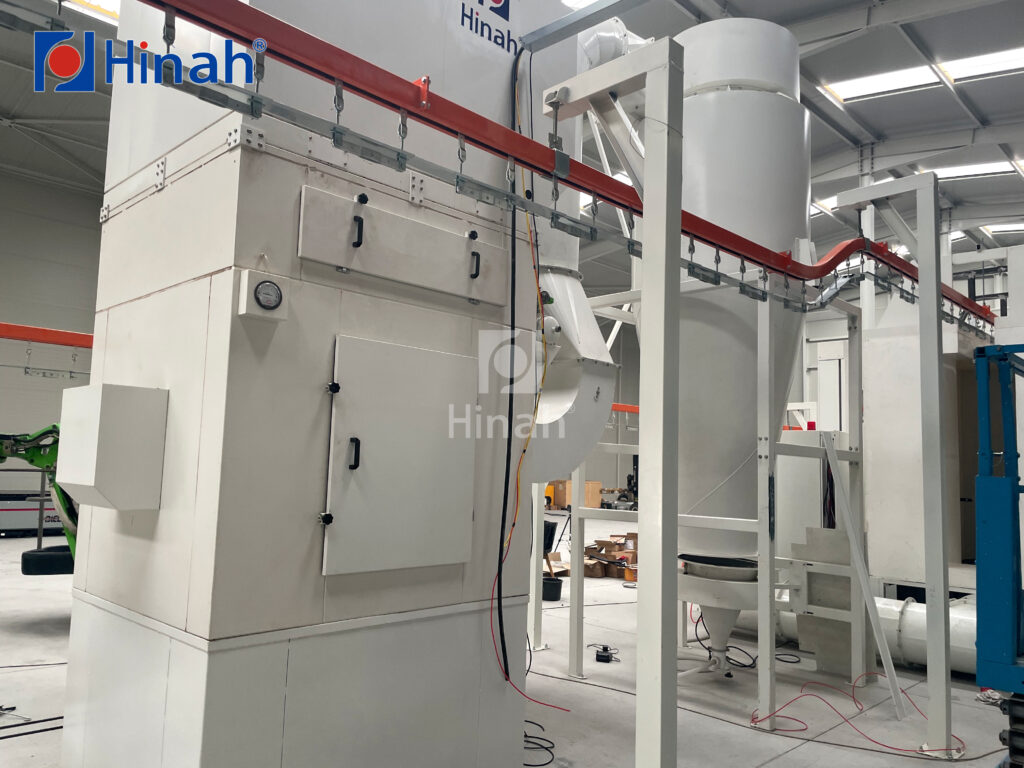
Conclusion
Preventing color contamination in an automated powder coating line is not simply a matter of cleaning—it’s about precision, discipline, and smart system design. Every detail, from booth configuration to airflow control, plays a role in keeping colors pure and finishes flawless. When equipment is built for easy cleaning and operators follow a clear, standardized process, the risk of contamination drops dramatically.
An automated line designed with these principles doesn’t just produce cleaner results; it also boosts productivity, reduces waste, and builds a stronger reputation for quality. In today’s competitive finishing industry, where every shade must be perfect, investing in a well-engineered, contamination-free coating system is more than an upgrade—it’s a long-term commitment to excellence.


